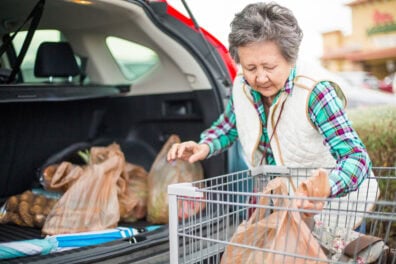Payment App Scams and How to Spot Them

Scammers are excellent at taking advantage of new opportunities and spreading into new and trending technology. A lot of their scam techniques aren’t new, but are just using newer applications that people have gotten comfortable using.
If you’ve never heard of it before, P2P stands for “peer-to-peer,” which is a term for when something is transferred electronically from one person directly to another. In this case, P2P refers to all of those payment apps you can use to send money directly to another person, like CashApp, Venmo, Zelle, and others.
Here are a few of the scams that are becoming more common and how you can spot them to defend yourself.
Tech Support
Not new at all, fake tech support calls are a classic scammer tactic. If you get a call out of the blue from someone claiming to be from one of these money transfer apps (or any other tech company, for that matter) just hang up. Their goal is to trick you into thinking that they’re a legitimate employee and need access to your account or your personal information.
“Accidental” Transfers
One scam technique is to “accidentally” transfer money into your account and ask you to send it back. If you send it back and it turns out those funds were stolen, you may find yourself on the hook for the amount you sent, unwittingly, back to the scammer. If you ever receive an unexpected transfer from an unknown person, contact the P2P company’s customer support for next steps.
Prize Winnings
If it’s too good to be true, it probably is. If you get a text or email saying that you’ve won a prize, were selected for a special promotion, or are invited to participate in a giveaway, stop before you do anything. This is another oldie but a goodie scam tactic that relies on your excitement and desire for the “prize” to override your otherwise good judgement. They’re hoping you’ll click on the link they provide and either give them your private information or open yourself up to malware.
When in doubt about a transaction or a call, text, or email, trust your gut. If you think you’re the victim of a scam, you can always come in to one of our branches for support and help with what to do next. For more information about keeping yourself safe, visit our Fraud & Theft Protection page here.



